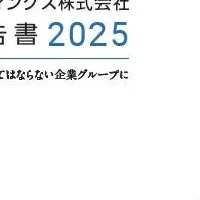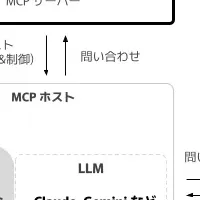
Industrial Communication Market Set to Reach $26.06 Billion by 2030
Overview of the Industrial Communication Market
The global industrial communication market is witnessing a substantial growth trajectory, with projections indicating it will reach USD 26.06 billion by 2030, up from USD 20.45 billion in 2025. This growth translates to a compound annual growth rate (CAGR) of 5.0%. Such remarkable expansion can be attributed to several influential factors, primarily the deployment of 5G technology, which plays a crucial role in enhancing operational efficiency across various industries including automotive, construction, and manufacturing.
Key Drivers of Growth
1. 5G Technology Adoption: The introduction of 5G is providing a robust framework for faster, more reliable communication within industrial settings. By enabling machine-to-machine (M2M) communication, industries are optimizing processes, which is pivotal as they transition toward increased automation.
2. Rise of Automation Technologies: The integration of automation in manufacturing processes is enhancing productivity levels and operational efficiency. The push for Industry 4.0, characterized by intelligent manufacturing systems and interconnected supply chains, further propels the demand for sophisticated communication solutions.
3. Smart Grids in Energy Sector: The evolution of energy distribution systems through smart grid technologies is crucial for optimizing power management, thus catalyzing the industrial communication market. By allowing real-time monitoring and control, these systems support the transformation of energy efficiency initiatives.
4. Financial Incentives: Governments are introducing financial incentives to encourage the integration of systems like PLCs (Programmable Logic Controllers) and SCADA (Supervisory Control and Data Acquisition) within manufacturing frameworks. Such initiatives underscore the global commitment toward industrial modernization and automation.
Market Segmentation
The report categorizes the industrial communication market based on various factors:
- - Fieldbus Protocols: Among these, the PROFIBUS segment is expected to be a standout, attributed to its secure data handling and reliability, particularly in process and discrete manufacturing.
- - Pharmaceuticals and Medical Devices: This sector is anticipated to experience the highest growth rate, essentially driven by increasing demands for automation and stringent regulatory compliance, necessitating robust and secure communication systems.
- - Geographical Insights: Geographically, China is poised to dominate this market. The country’s extensive manufacturing infrastructure, coupled with a pervasive shift toward automation technologies, reinforces its leadership position.
Impact of Wireless Networks
The accelerating adoption of wireless networks in various industrial sectors presents both challenges and opportunities. While it introduces challenges regarding security and connectivity, it also opens avenues for enhanced operational flexibility and efficiencies. Network integration strategies that combine wireless communication with fixed-line systems are essential for maintaining seamless industrial operations.
Competitive Landscape
Several major players are dominant in this growing market, including:
- - Cisco Systems, Inc. (USA)
- - Siemens (Germany)
- - OMRON Corporation (Japan)
- - Huawei Technologies Co., Ltd. (China)
- - Rockwell Automation (USA)
- - ABB (Switzerland)
- - Moxa Inc. (Taiwan) and others.
Future Outlook
Market players are advised to innovate communication solutions that cater to the evolving demands of the industries they serve. The emphasis on automation, integration of AI and IoT technologies, and partnerships with technology providers will drive the market in the foreseeable future. Moreover, continuous research and development in communication protocols and technologies will be critical in sustaining competitiveness in this vibrant market.
As the industrial landscape continues to evolve with technological advancements, stakeholders in the industrial communication market must remain adaptable and responsive to capitalize on emerging trends. This proactive approach will be crucial for maintaining market relevance and fostering sustained growth up to 2030 and beyond.
Topics Business Technology)










【About Using Articles】
You can freely use the title and article content by linking to the page where the article is posted.
※ Images cannot be used.
【About Links】
Links are free to use.